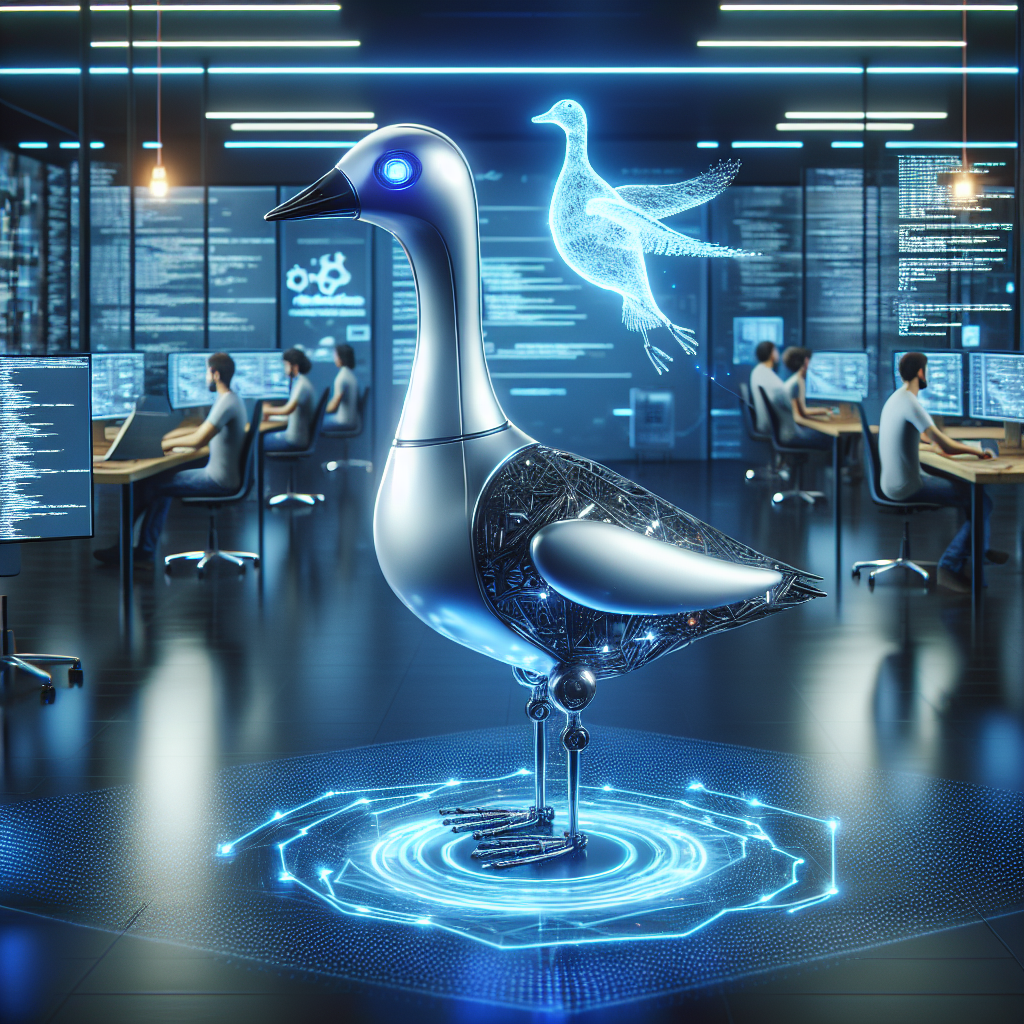Jack Dorsey’s AI Assistant, Goose, Is Taking Off In Open-Source Circles
In the rapidly evolving landscape of artificial intelligence, few names resonate as strongly as Jack Dorsey, co-founder of Twitter and Square. His latest venture, an AI assistant named Goose, is capturing attention within the open-source community. With its innovative capabilities and open-source framework, Goose is set to redefine how users interact with technology.
What is Goose?
Goose is an AI-powered assistant that aims to streamline tasks and improve productivity for users across various domains. Unlike traditional AI assistants that are heavily proprietary and often limited in customization, Goose is built on a foundation of open-source principles. This means that developers and tech enthusiasts can access its code, modify it, and create tailored solutions that suit their specific needs.
The open-source nature of Goose allows the AI to be flexible and adaptable, making it easier for users to contribute to its development. This not only fosters innovation but also ensures that the tool can evolve rapidly in response to user feedback and technological advancements.
The Genesis of Goose
Dorsey’s vision for Goose stems from his belief that technology should be accessible and beneficial to everyone. The assistant was developed in response to a growing demand for tools that empower individuals and organizations to leverage AI effectively. By making Goose open-source, Dorsey is encouraging a collaborative approach to AI development, allowing users to build upon the foundation he has created.
In an era where AI solutions are often locked behind paywalls or limited by rigid frameworks, Goose represents a refreshing shift toward inclusivity and democratization. This approach not only enhances the functionality of the assistant but also aligns with Dorsey’s broader mission of creating equitable technology platforms.
The Features of Goose
Goose is packed with an array of features designed to simplify tasks and enhance productivity. Some of its key attributes include:
Natural Language Processing: Goose employs advanced natural language processing (NLP) capabilities, allowing users to interact with it using everyday language. This means that users can ask complex questions or give intricate commands without having to learn specific syntax.
Task Automation: One of the standout features of Goose is its ability to automate repetitive tasks. Whether it’s scheduling meetings, sending reminders, or managing emails, Goose can handle these tasks seamlessly, freeing up users to focus on more critical activities.
Integration with Various Platforms: Goose can be integrated with popular productivity tools and platforms, enhancing its versatility. This means that whether you use Google Workspace, Microsoft Office, or project management software like Trello, Goose can work in conjunction with these tools to streamline your workflow.
Customizability: As an open-source project, Goose allows users to modify its code to suit their unique requirements. This means developers can add new features, improve existing ones, or create entirely new applications based on Goose’s framework.
The Open-Source Community Embraces Goose
Since its launch, Goose has garnered significant interest from the open-source community. Developers, hobbyists, and tech enthusiasts are rallying around the project, eager to contribute, share ideas, and collectively improve the AI assistant. The collaborative spirit of the open-source community means that feedback is not only welcomed but actively encouraged.
As more contributors join the Goose project, the assistant is likely to evolve at an accelerated pace. This rapid development cycle is a hallmark of successful open-source projects, where the combined efforts of multiple developers can lead to innovative solutions that a single entity might not achieve alone.
Challenges Ahead
Despite the growing popularity of Goose, there are challenges that lie ahead. The open-source model, while beneficial in many respects, can also lead to fragmentation. With numerous developers potentially modifying the same codebase, there is a risk of divergent versions emerging, which may confuse end-users.
Moreover, as the project grows, maintaining quality control becomes increasingly important. The Goose development team will need to implement robust processes to ensure that updates and modifications are rigorously tested before being released to the public.
The Future of Goose
The future looks bright for Goose as it continues to gain traction in the open-source community. With Dorsey at the helm, the project is likely to benefit from his extensive experience in building scalable platforms and his commitment to user-centric design.
As more users adopt Goose, the potential for new features and enhancements grows exponentially. The community-driven approach means that users may soon see capabilities not even imagined at the project’s inception. From advanced integrations to unique applications tailored to specific industries, the possibilities are limitless.
Conclusion
Jack Dorsey’s Goose is more than just another AI assistant; it represents a paradigm shift in how we think about technology and its accessibility. By embracing an open-source approach, Dorsey is opening the floodgates for innovation and collaboration, inviting users to be active participants in the development of AI solutions.
As Goose continues to evolve, it has the potential to empower individuals and organizations alike, providing them with the tools they need to harness the full capabilities of artificial intelligence. In a world where technology often feels exclusive and daunting, Goose serves as a beacon of hope, championing the idea that everyone should have the opportunity to engage with and benefit from advanced technological solutions.



